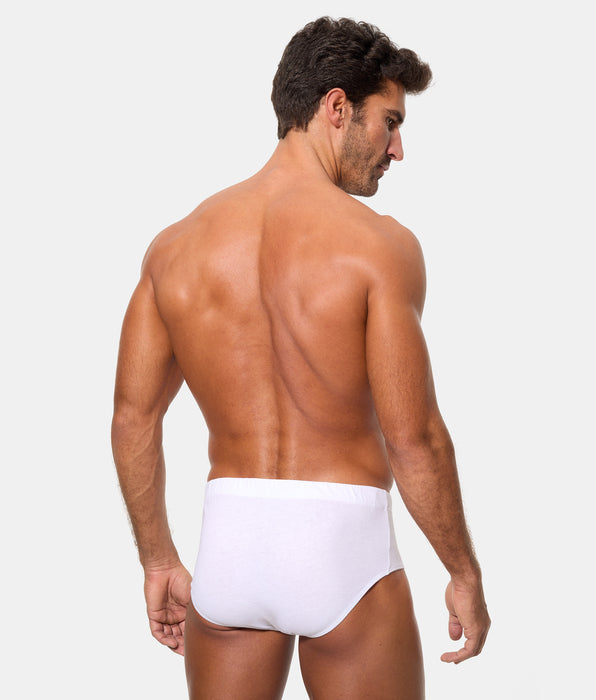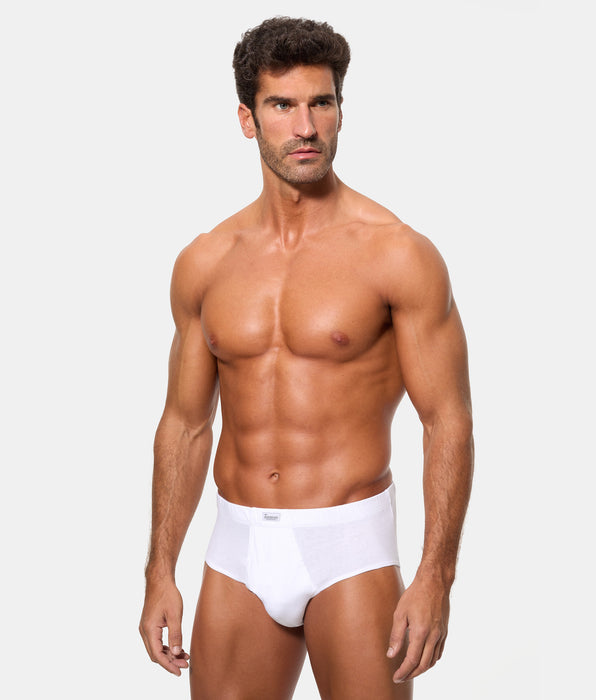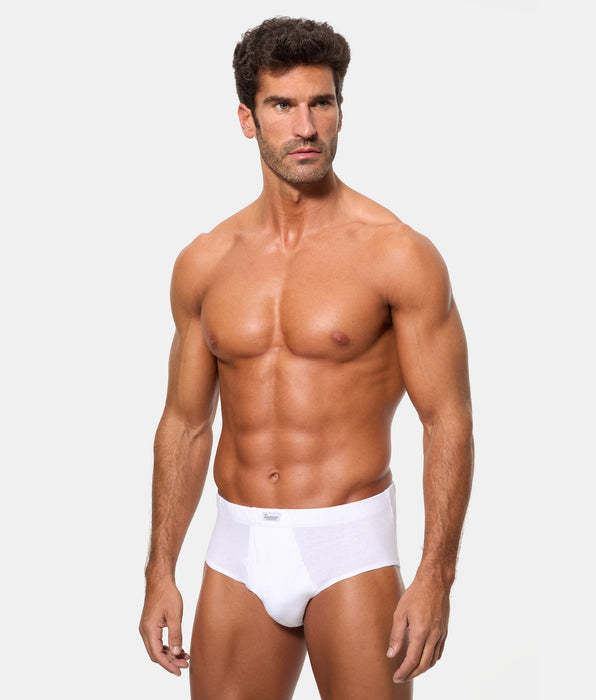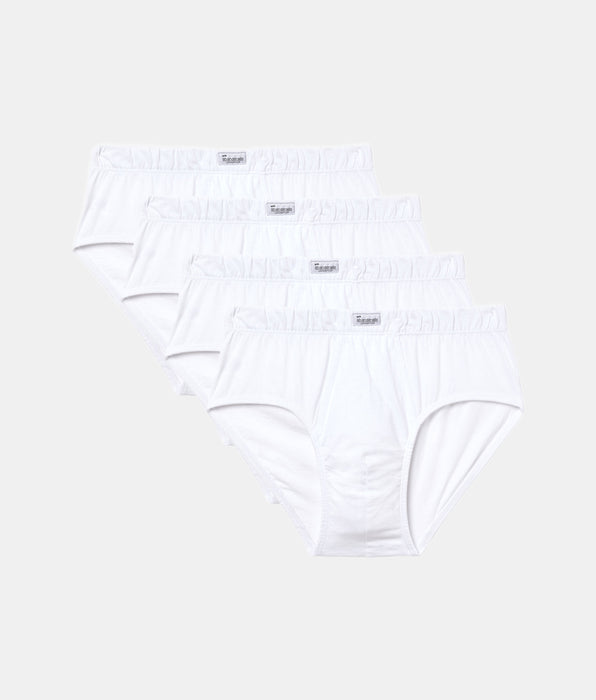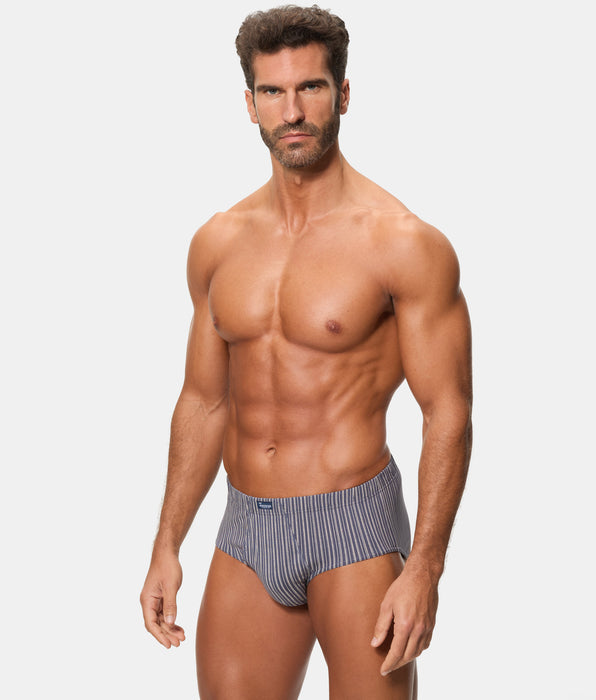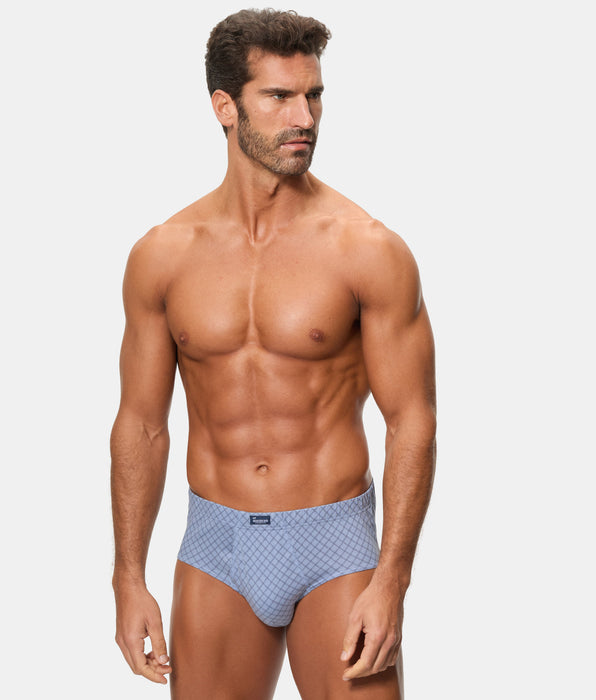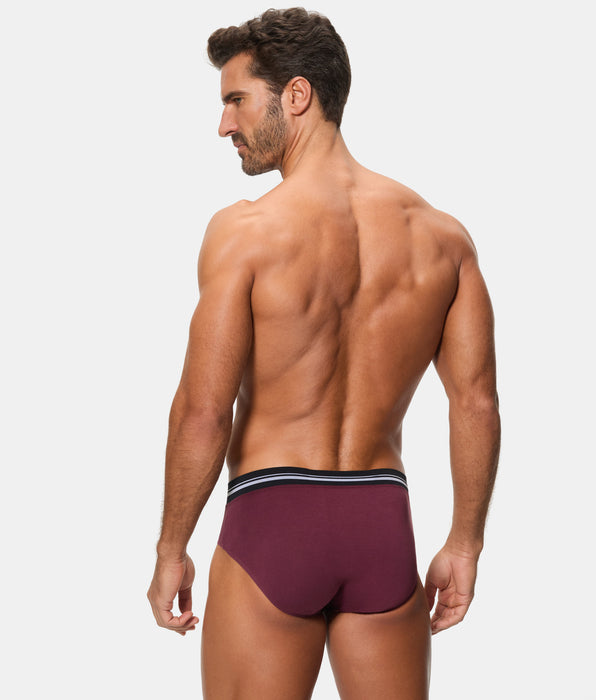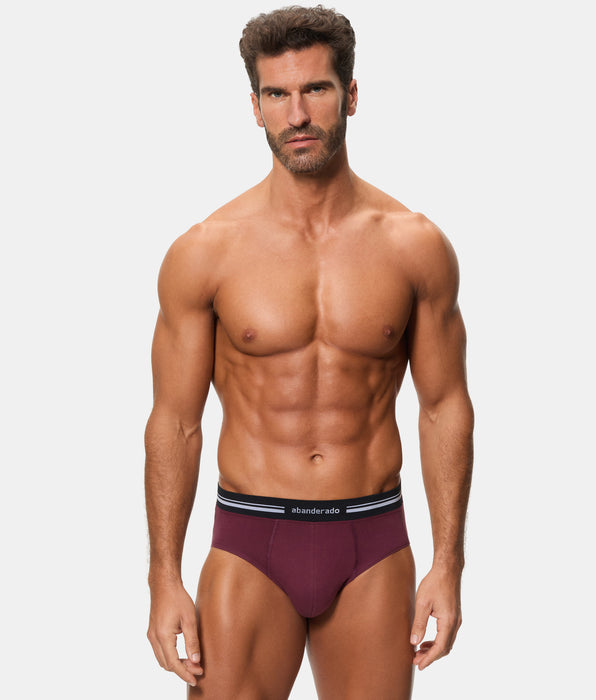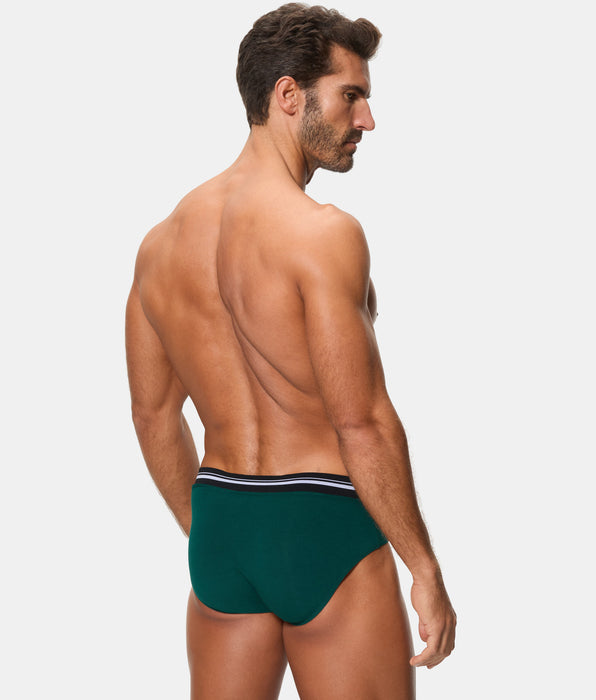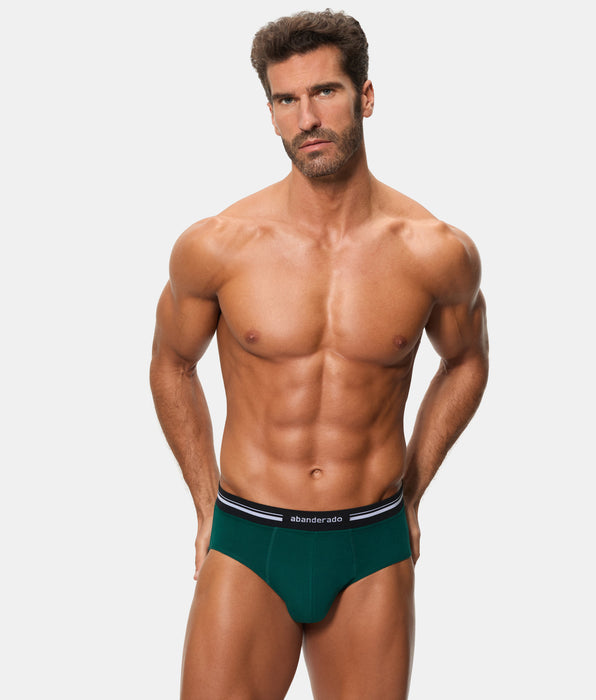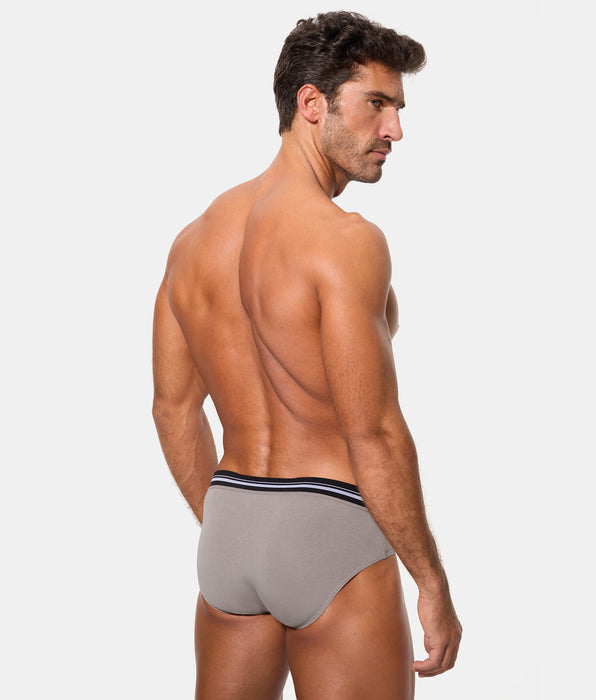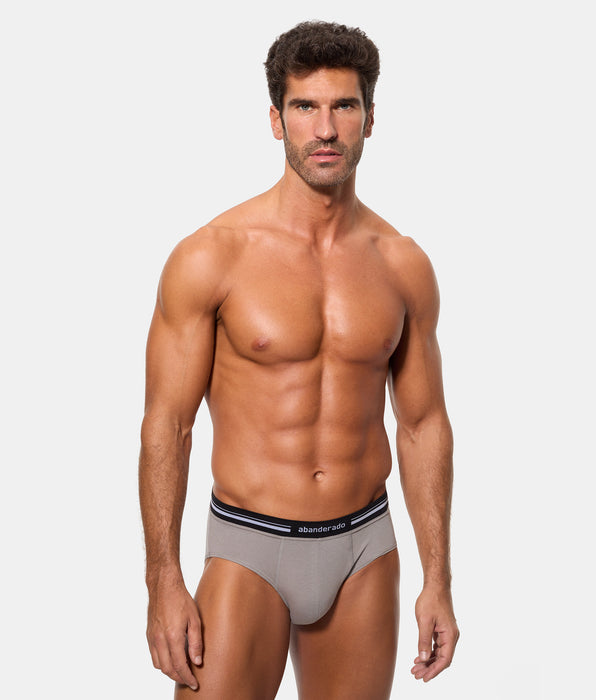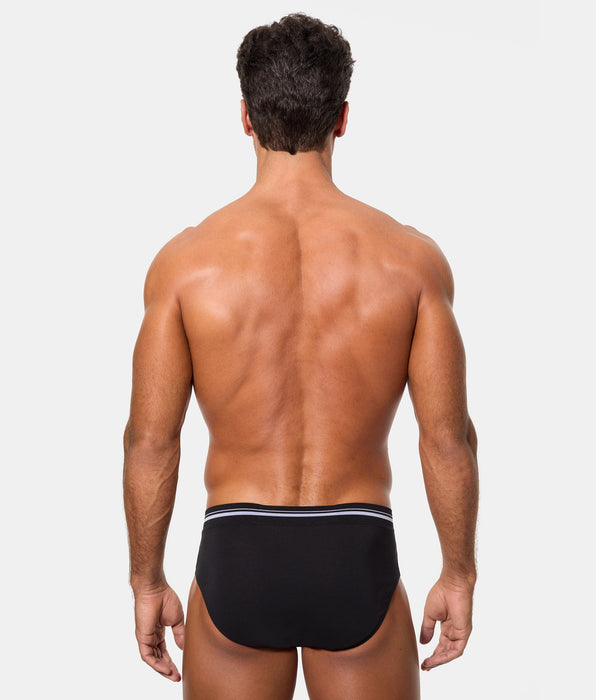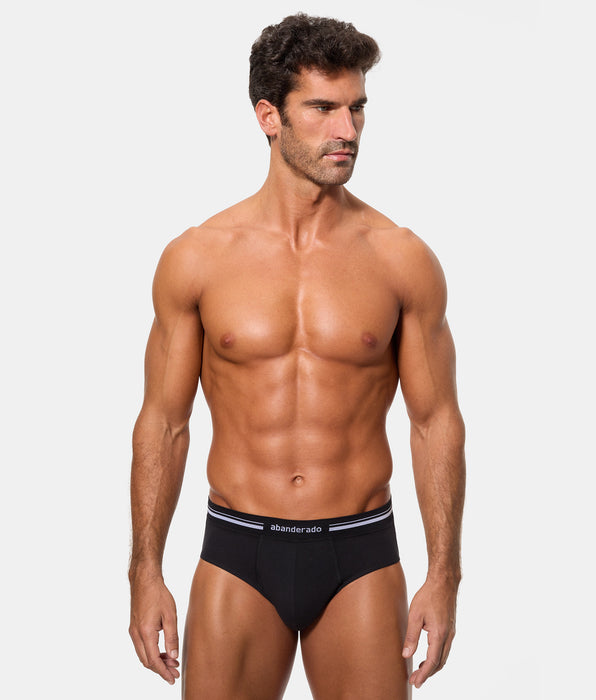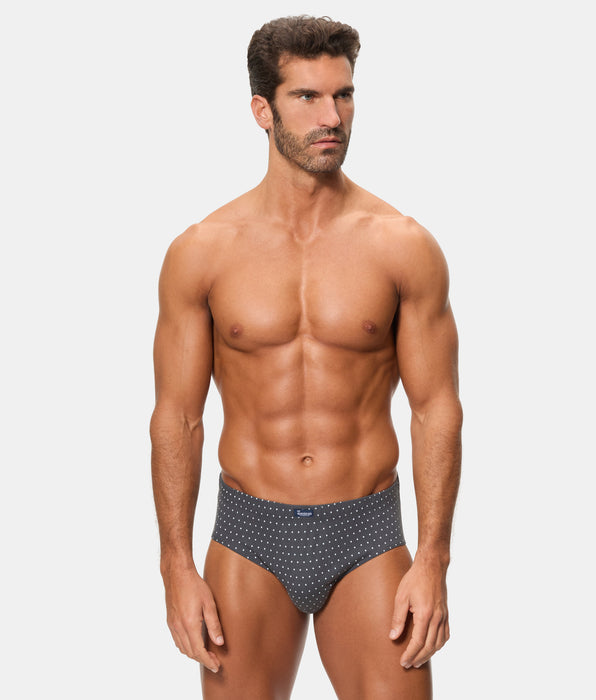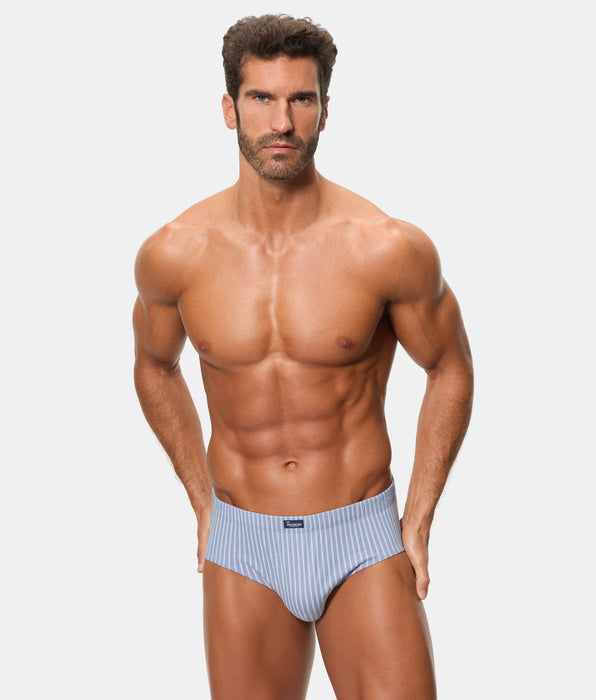Few sensations are as pleasant as putting on a freshly washed garment, fluffy to the touch and smelling intensely clean. Even more so if it's underwear, since it comes into direct contact with your skin. That's why it's so frustrating when it ends up stiff and rough. Take note of these Abanderado tips and tricks for
softening rough clothes , and you'll forget about this problem after doing the laundry.
Why do clothes stay stiff after washing?
To solve a problem, you must first understand its causes. In the case of washed clothes, the stiffness can be caused by several factors. For starters, whether you wash by hand or machine,
water hardness is a determining factor . So is
improper rinsing that doesn't remove all soap residue.
If you use a washing machine, the key is
to get the detergent dosage right . It's also important not to mix soap and fabric softener. And finally,
if you load your washing machine with too many clothes, you run the risk of the soap not dissolving, causing that dreaded clumping of your clothes.
How to soften rough clothes: foolproof tricks to restore softness to your garments
Fabric softeners are a relatively new product, having appeared in the 1930s, and their popularity is linked to the widespread use of automatic washing machines. However, they are not always the most effective solution for softening rough clothes. Or perhaps you've decided to forgo fabric softener in favor of
eco-friendly laundry . In any case, there are
natural alternatives to fabric softener to prevent rough clothes . We've selected the most effective ones.
Sodium bicarbonate
There are hardly any cleaning tips that don't mention baking soda. That's why we always
recommend keeping a bottle of it in your pantry . It's certainly one of the essentials for softening rough clothes. There's no mystery to using it:
- Start the washing machine and wait for the drum to fill with water.
- At that point, add half a cup of baking soda to the drawer with the detergent .
- Wash as usual.
This baking soda trick is
especially useful if you live in an area with hard water , as it regulates the pH. But in addition to softening rough clothes, it offers other added benefits. For starters,
it eliminates unpleasant odors and helps keep your washing machine in perfect condition.
Vinegar
Once again, we're turning to a classic natural cleaning product: vinegar. In this case, it's a perfect substitute for traditional fabric softener. Yes, just as it sounds,
you can add a cup of white vinegar to your washing machine's fabric softener compartment and you'll see how soft your clothes come out.
The only precaution you should take is not to add it from the beginning, but rather
at the beginning of the rinse cycle . This way, you'll ensure that the laundry isn't impregnated with the strong, characteristic vinegar smell.
And one last tip: to soften rough clothes with this trick,
it's best to use white vinegar , as it's one of the best natural fabric softeners.
Combination of baking soda and vinegar
The third method for softening rough clothes involves combining the two previous products, namely baking soda and vinegar. These are the steps to follow to prepare your homemade fabric softener:
- In a bowl, pour a cup of baking soda .
- Add 7 cups of vinegar .
- Mix until the two products are completely integrated.
Now that you have it, it's time to
add a third of a cup of this vinegar and baking soda combination instead of conventional fabric softener . You can do this at the beginning of the wash or during the rinse cycle. The important thing is not to make a mistake; you have to put it in the fabric softener dispenser.

Do not abuse the amount of detergent used
We already mentioned that one of the causes of stiffness and stiffness in clothes is miscalculating the amount of detergent you put in the washing machine.
Don't use too much, or soap will stick to the fibers and leave the garment feeling rough; don't use too little, because the amount may not be enough to remove the dirt. So
stick to the manufacturer's recommendations for your favorite detergent .
Use the correct compartment for detergent
All washing machine models have separate drawers for soap and fabric softener. It's important to put each product in the correct drawer, as
this way they're added at the appropriate time during the wash cycle . If the soap gets in with the fabric softener, it sticks to the fibers and the clothes come out stiff.
Do not mix fabric softener and detergent
In addition to being careful to put each product where it belongs, it's advisable to
periodically remove the drawer and clean it thoroughly with plenty of warm water . With use, residues accumulate on the walls and end up affecting the cleanliness and softness of your laundry.
Check the water hardness
Finally, we address the topic of water hardness and how it affects the softness of your clothes.
Hard water is considered to be water with a high mineral content , especially magnesium and calcium. This type of water makes cleaning difficult because
the soap struggles to lather and is less effective. Obviously, you can't choose the type of water that comes out of your tap, as this depends on the area where you live. But it is essential that you check the instructions on your soap package and
use the recommended amount based on the water hardness in your home .
With these tricks, you'll no longer have to feel the discomfort of wearing stiff clothes after each wash. These tips are simple, affordable, and, most importantly, they work! From now on, you can always enjoy the softness that characterizes every underwear item in any Abanderado collection. It will be like wearing them for the first time every time you put them on.



